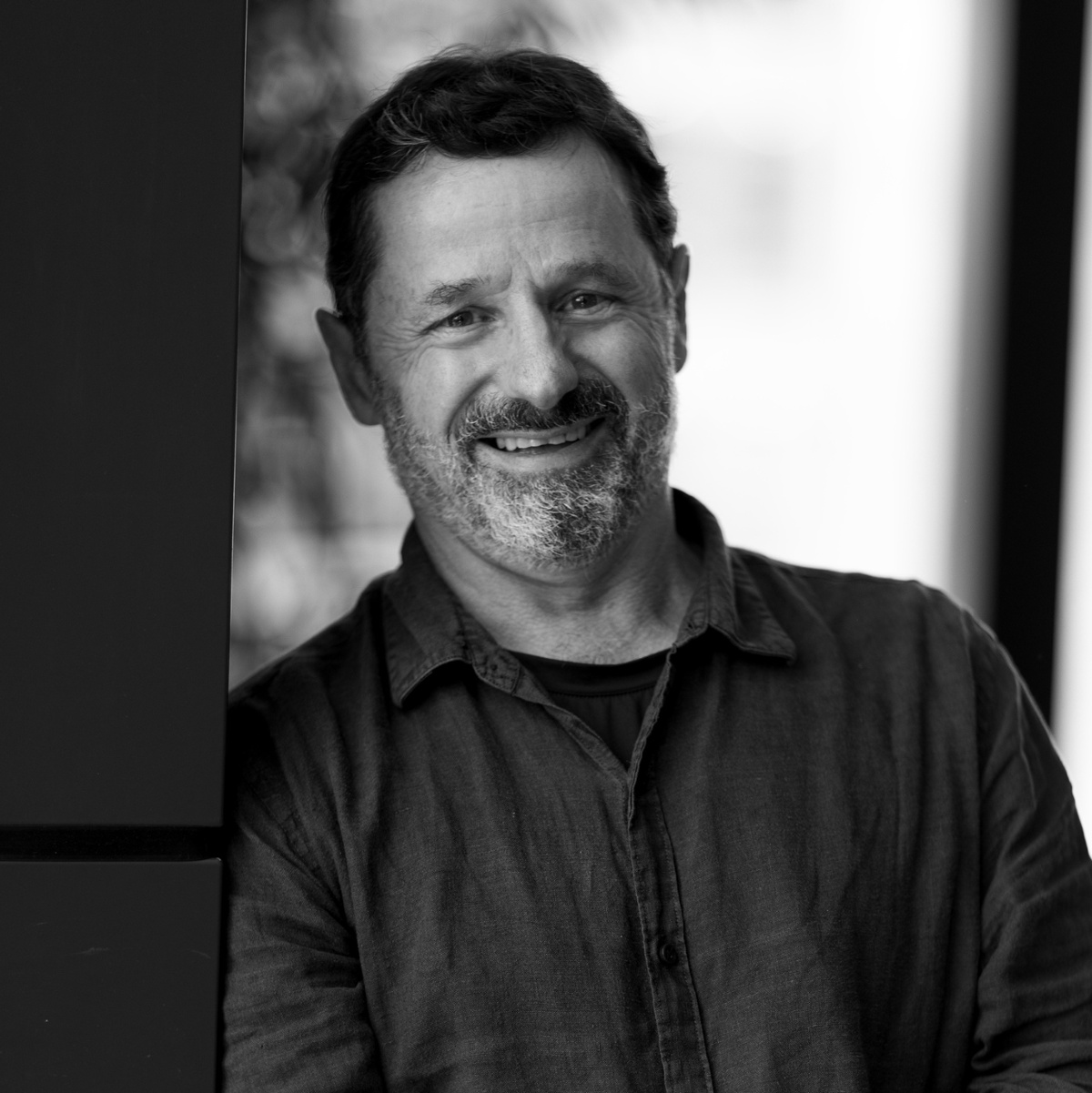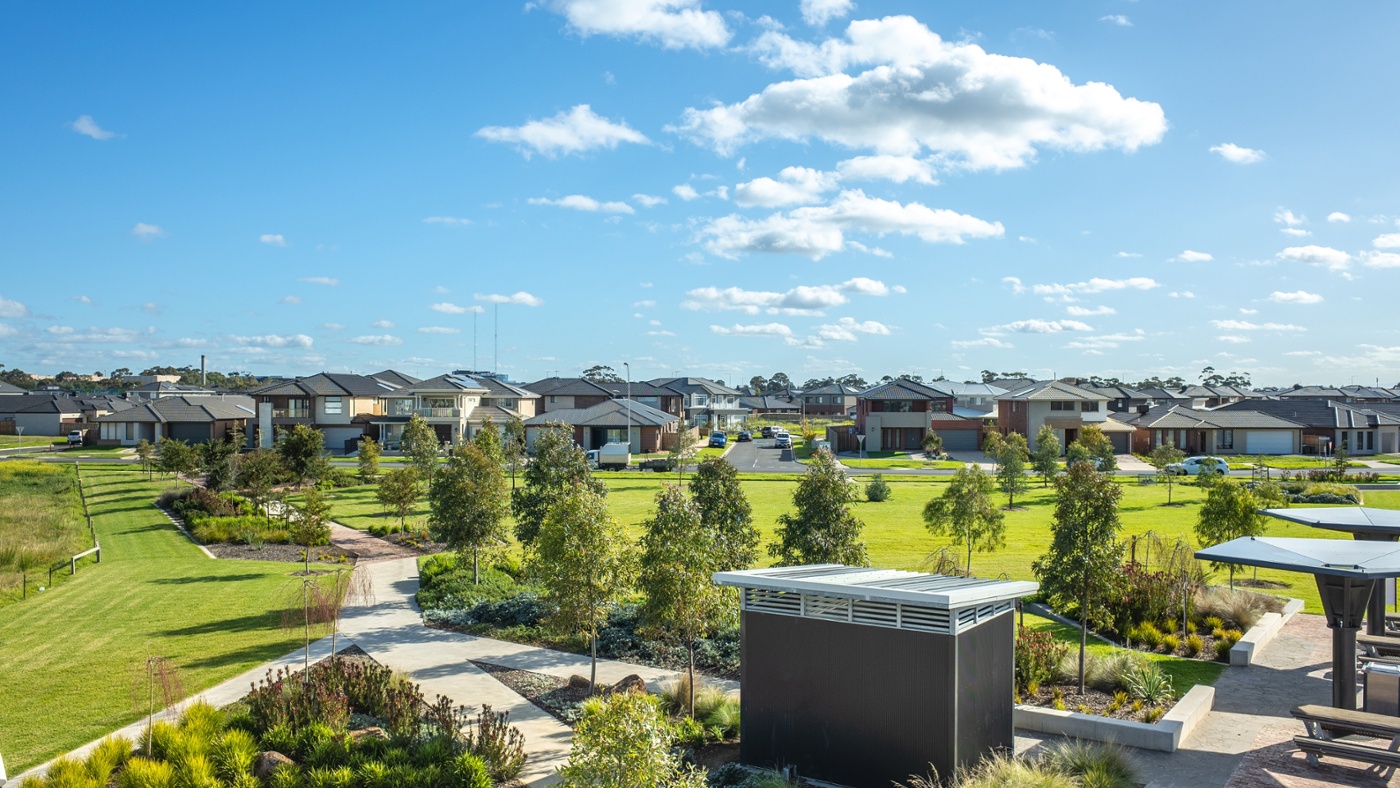As Tasmania faces mounting pressure to address housing supply, affordability, and liveability, the Central Coast Council – with support from the Australian Government’s Housing Support Program – has worked to deliver the state’s most ambitious housing strategy to date.
Led by Ethos Urban’s Victorian-based team and supported by a multi-disciplinary group working across states, the project delivers a 20-year strategy designed to address the region’s housing shortfall while aligning land use with infrastructure delivery, economic development and community needs.
The result is Our Homes, Our Future – a long-term, evidence-based framework to guide housing growth in Central Coast. It sets out the types of homes needed, where they should be located and the infrastructure required to support them. It also recognises the character of Central Coast’s towns, villages and coastlines – aiming to support growth while preserving the unique identity of Central Coast’s towns, villages and coastal communities.
Key project outcomes:
-
A region-wide Housing Strategy with a clear vision and guiding principles to inform rezonings, development controls and regional planning.
-
Four structure plans for Ulverstone, Penguin, Forth, and Preservation Bay & Sulphur Creek – each with a bespoke local vision, land use framework and implementation roadmap.
-
Integrated land use, infrastructure and economic planning – aligning housing supply with employment and workforce attraction needs.
-
Two phases of comprehensive community engagement to ensure local values were embedded in the outcomes.
We caught up with Nikki Hill, Project Manager and Associate Director at Ethos Urban, to hear more about the experience of delivering this complex project – and the depth of expertise that made it possible.
What made this project different from others you’ve worked on?
The scale and ambition of Our Homes, Our Future really set it apart. It was the largest housing strategy ever undertaken in Tasmania, and the opportunity to contribute to something that’s genuinely going to change the trajectory for an entire region is rare. This wasn’t just about increasing housing numbers — it was about economic resilience, infrastructure planning, liveability and setting a direction for the next generation. There’s also real satisfaction in seeing outcomes. We’ve identified well-located land for new homes, and Council officers are feeling confident and equipped to carry the work forward. Feedback from Council has been overwhelmingly positive – which is what we always aim for.
How did the team manage such a complex project in such a short timeframe?
The accelerated time frame was definitely a challenge — we had just 10 months to deliver 10 strategic reports, run two rounds of comprehensive community engagement, and build a planning framework that was practical, implementable, and future-focused. We were coordinating across multiple states and disciplines and the delivery schedule was tight.
But the strength of the team made it possible. Many of us have worked together on tight-turnaround projects before. There was a lot of trust and familiarity. We were able to hit the ground running, delegate effectively and maintain quality under pressure.
Can you talk us through how the experience of working across regions helped inform the outcome?
There’s real strength in drawing on knowledge from across states. In this case, our Victorian-based team brought in insights from major growth area planning, while also working closely with Council and stakeholders in Tasmania to make sure the local context was always front and centre. That balance between best-practice strategy and place-based nuance was critical to its success.
“Delivering such a complex project in just 10 months took a trusted, multi-disciplinary team working seamlessly across states — and closely with the client.”
— Nikki Hill, Associate Director, Ethos Urban
How important was the working relationship with Council?
It was absolutely essential. A project like this relies on collaboration – and right from the start, we built a strong, constructive relationship with Council. That trust created space for open dialogue and made sure we could work together, not just deliver to them.
Council were deeply involved throughout, and that meant they had real ownership of the strategy by the end. That’s been a big factor in its success.
What role did community engagement play in informing the strategy?
A really important one. From the outset, we didn’t want this to be a top-down policy exercise. We wanted to make sure the strategy reflected community values, and that the recommendations were practical and supported by those who live and work in the region.
The two engagement phases helped us test ideas, refine priorities and shape a plan that Council could take forward with community backing. It also meant the process itself was just as collaborative as the final product.
How did you navigate the changing policy environment in Tasmania?
Tasmania’s planning system was evolving as we were delivering the project, which added an extra layer of complexity. We had to keep an eye on where policy was heading and build in enough flexibility to adapt. Having a strong policy team helped, as did regular conversations with State government stakeholders. That meant we could respond to changes in real time and make sure the strategy would remain relevant in the years to come.
What part of the strategy are you most proud of?
Honestly, it’s the feedback from Council — they’ve told us the work exceeded expectations, and they feel well-equipped to carry it forward. That’s exactly what you want to hear. But it’s also about the team: the way everyone came together brought their expertise, and delivered something that’s going to have a lasting impact. That’s pretty special.
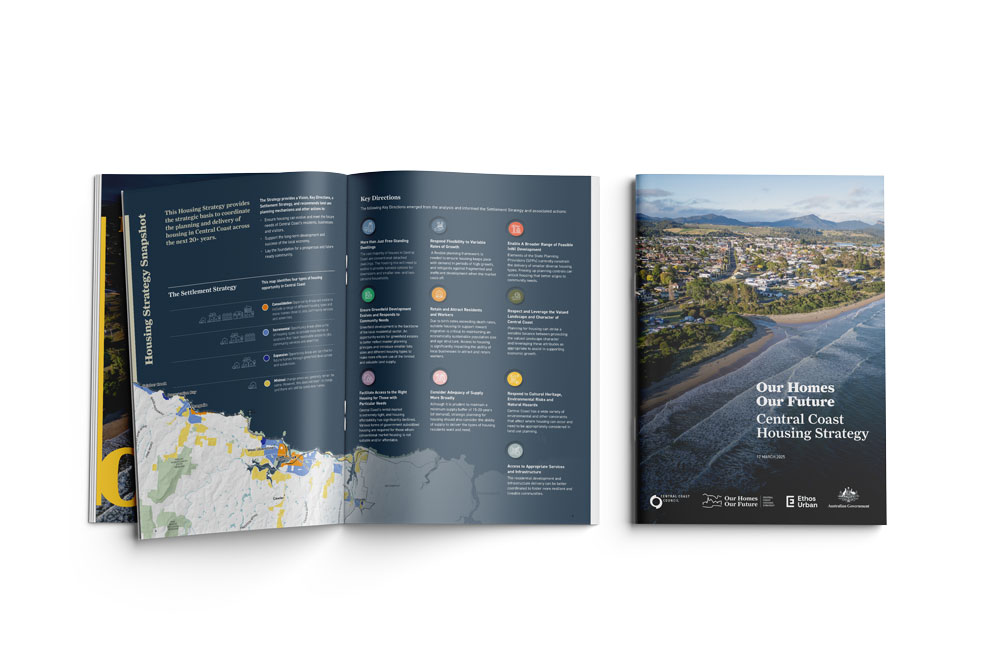
The Our Homes, Our Future project team has been named a finalist in the Property Council of Australia’s 2025 Victoria People in Property – Team of the Year award.

Erin Henshaw-Hill
Associate Director, Social Strategy & Stakeholder Engagement | Sydney

Nathan Williams
Director, Head of Social Strategy & Stakeholder Engagement | Brisbane
Related Insights
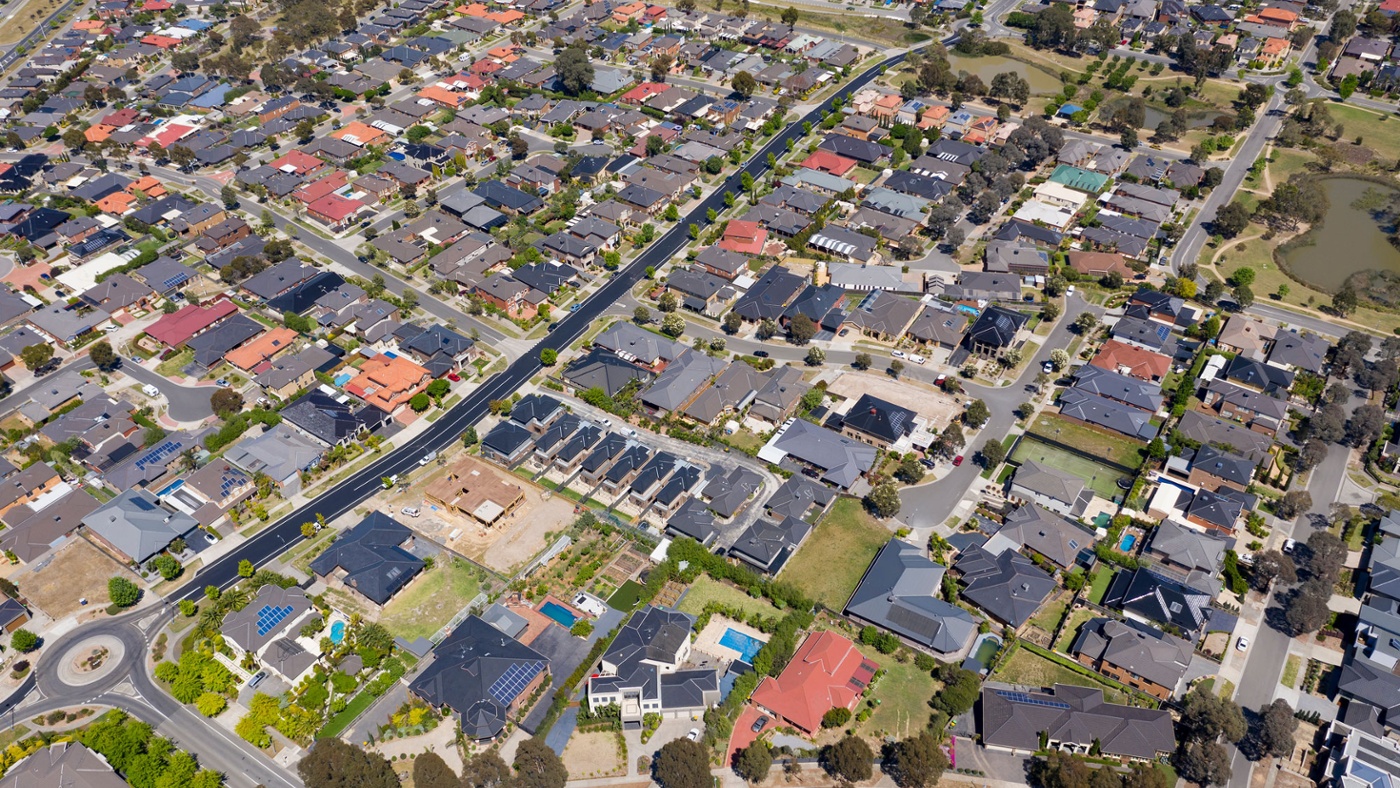
How Immigration Shapes Housing Choices in Victoria?

Recognising Our People: 2025 Mid-Year Promotions
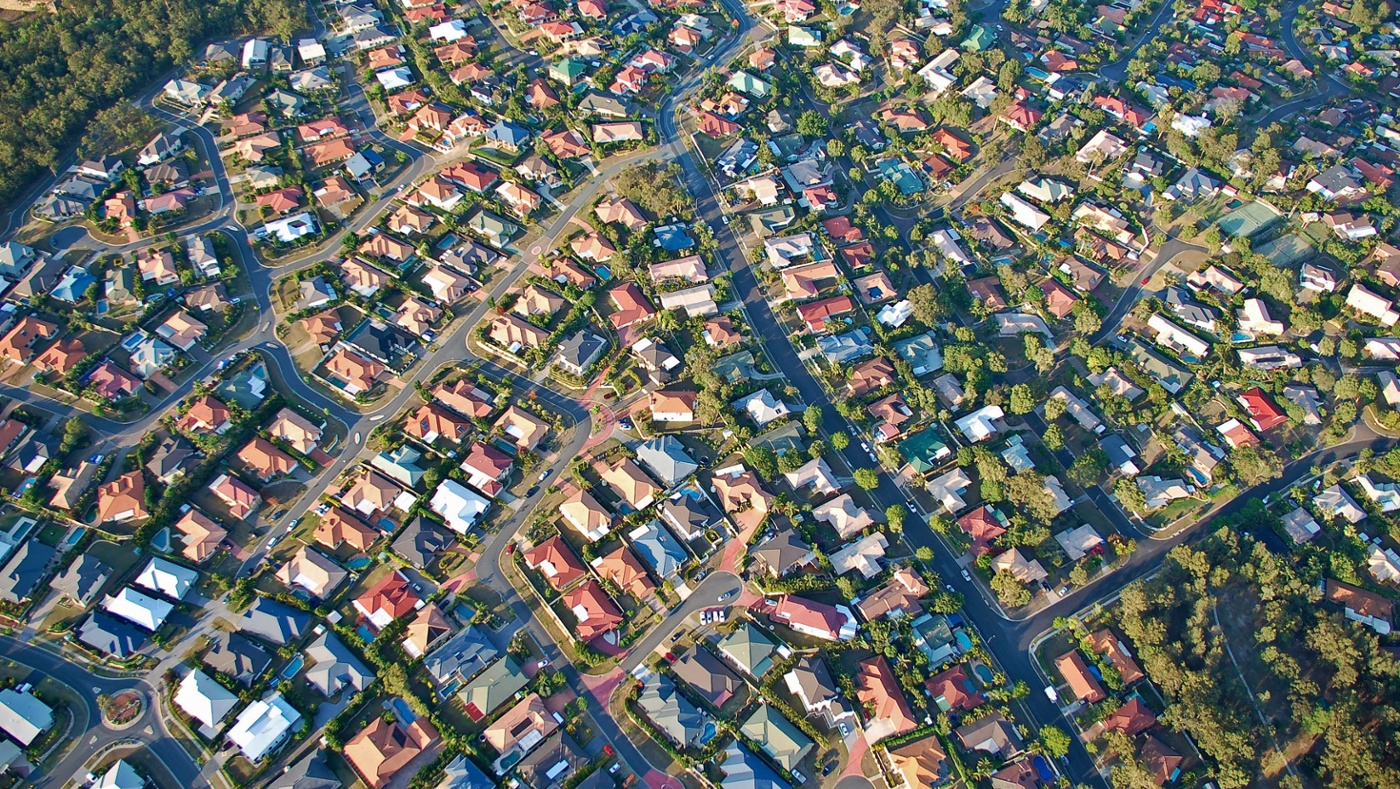
NSW Low and Mid-Rise Housing Reforms
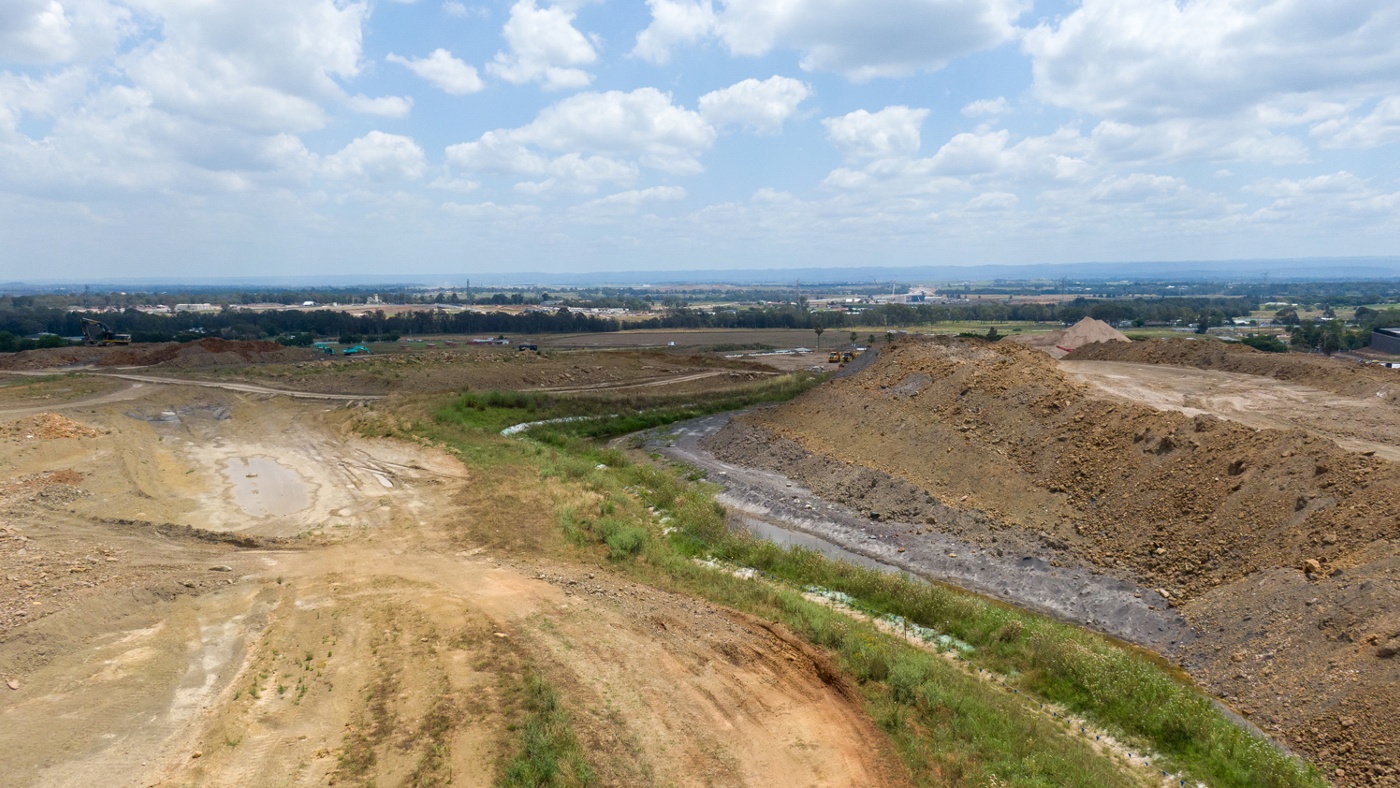
NSW Government Releases Industrial Lands Action Plan



